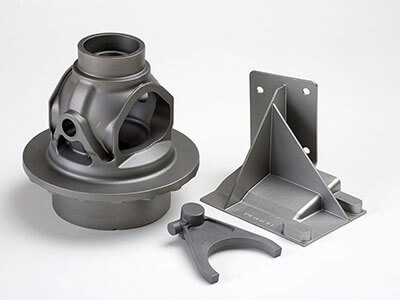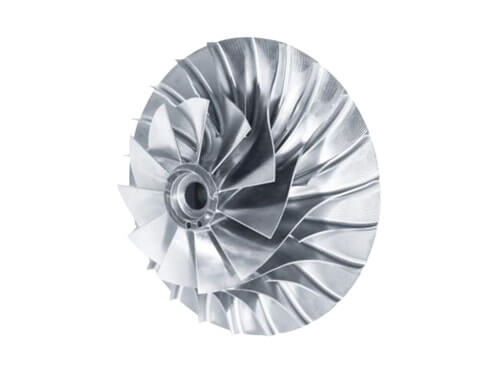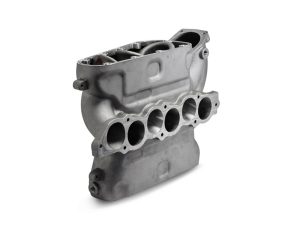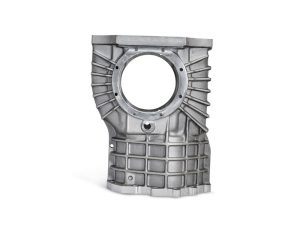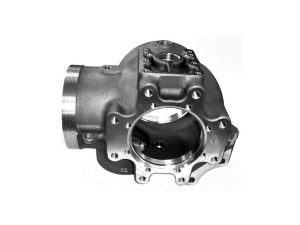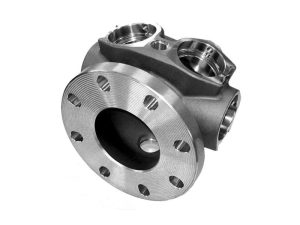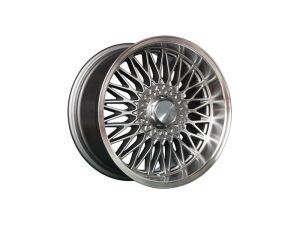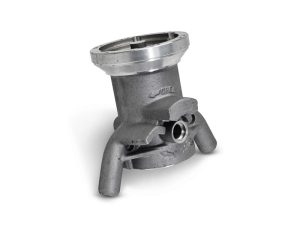Low Pressure Die Casting Company
Sipx Casting Foundry is a premier provider of low pressure die casting services. Our team of experts is dedicated to delivering high-quality, cost-effective solutions for the production of aluminum and magnesium components. With our state-of-the-art facility and advanced low pressure die casting technology, we are able to produce parts with superior dimensional accuracy and surface finish. Whether you need a single prototype or large-scale production runs, Sipx Casting Foundry is the ideal partner for your low pressure die casting needs.
What is Low Pressure Casting
In low pressure casting process, the low-pressure air is used to force molten metal from a sealed holding furnace up into a mold cavity, the pressure is applied constantly, sometimes in increasing increments, to fill the mold and hold the metal in place within the die until it solidifies.
Once the cast has solidified, the pressure is released and any residual liquid in the tube or cavity flows back into the holding furnace for recycling. When cooled, the cast is simply removed. it is considered a permanent mold casting process since the molds that make the castings are permanent and can be reused for many cycles.
Low pressure die-casting primarily uses alloys with low melting points and allows for the production of components up to around 150 kg. The advantages are very high strength and the ability to form complex geometries, whilst maximising material usage.
